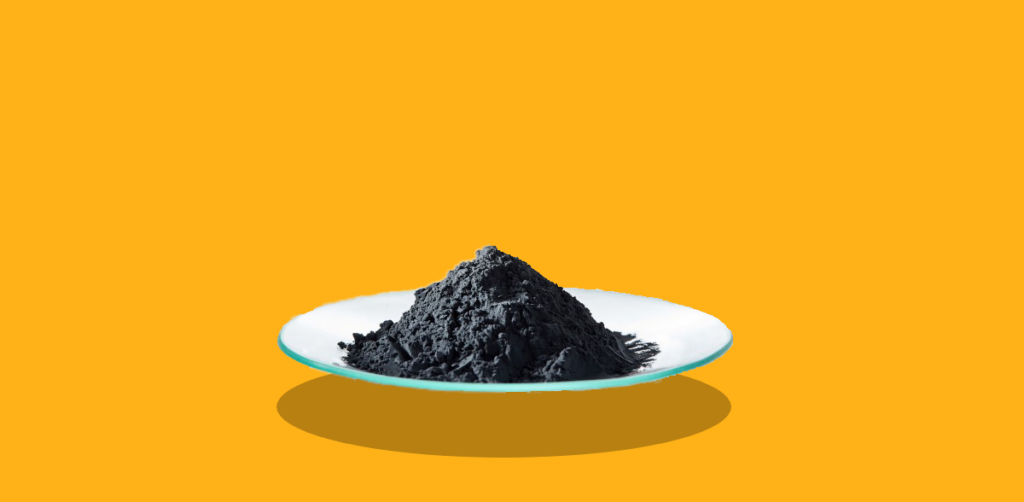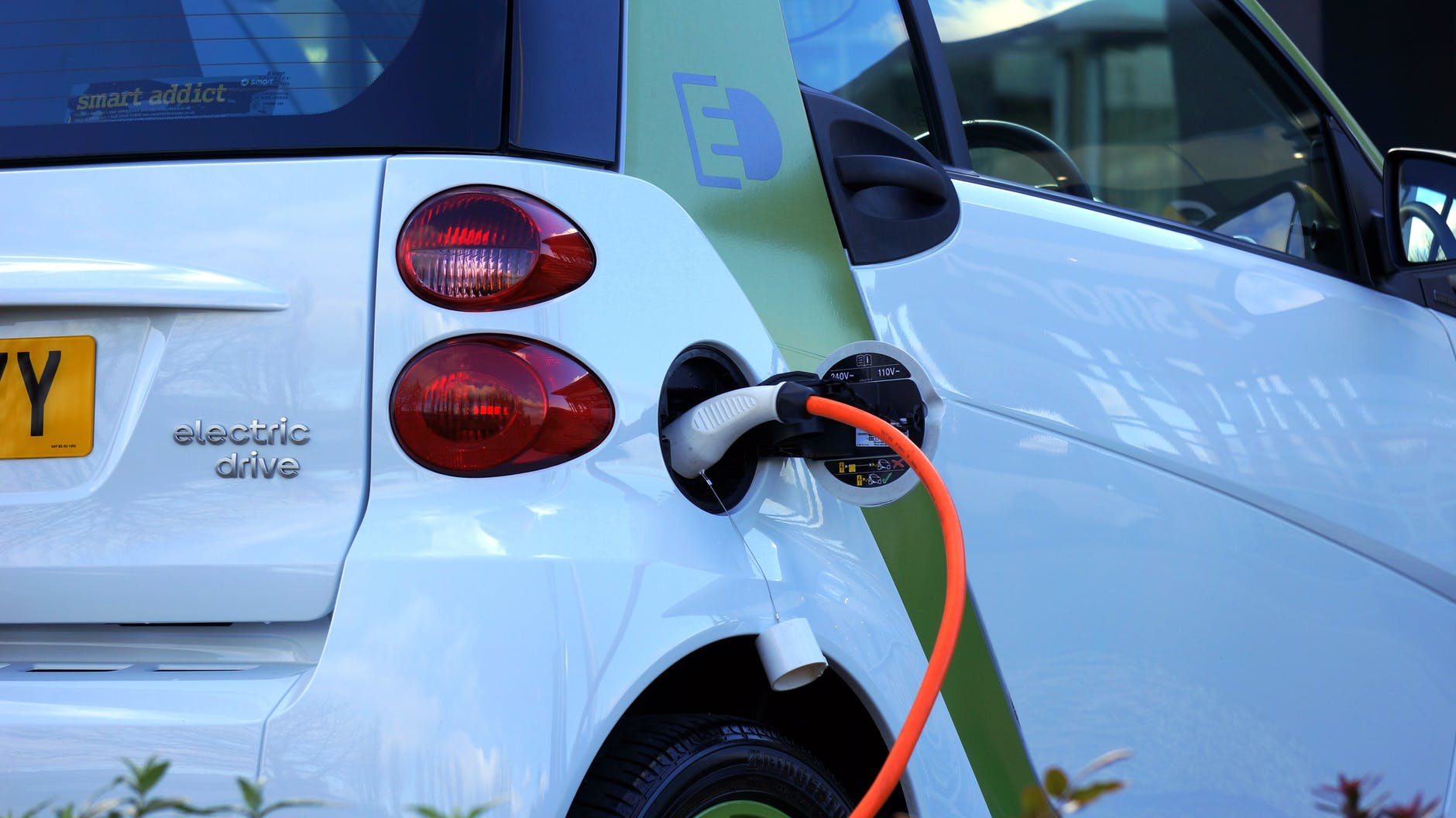
Battery material supply is less and less able to meet the demand of the ongoing electrification. Therefore, battery manufacturers look to alternative cell chemistries. Options like sodium-ion, high-manganese, or lithium iron phosphate (LFP) promise to make manufacturers less dependent on certain materials. In recent months, companies like Daimler and Tesla have committed to LFP batteries for some of their vehicles in the coming years. While these batteries still rely on the sought-after lithium, they don’t require cobalt.
This has caused quite a stir. Many headlines promise LFP to be a more sustainable, robust, and cheap alternative, that will replace other well-established battery chemistries like NMC. But LFP as a battery material has actually been around since the nineties. Its many benefits have been known for years. So why are European companies just now making the switch and can LFP replace high-performance battery chemistries? Let’s have a look at the basics first.
What Even Is LFP And What Are Its Benefits?
The current gold standard for EV battery applications has for many years been NMC, also known as nickel manganese cobalt oxide. The different compositions like NMC333, NMC811, or NMC622 are highly optimized. They feature a very high energy- and power-density and are used in most EVs currently sold in Europe.
Lithium iron phosphate or LiFePO4, often called LFP, was first patented by the legendary John Goodenough in 1996, the inventor of lithium-ion batteries. It refers to a cathode active material for lithium-ion batteries which features many benefits when compared to NMC. Namely, a lower price per kWh (around 30%) due to widely available materials. Furthermore, increased safety due to chemical and thermal stability, and a long lifespan.
One of LFP’s main benefits, however, is its sustainability: its components are non-toxic and abundant. The cells don’t require rare elements like manganese or cobalt, the latter of which has been linked to human rights violations during mining. Around 60% of the global cobalt supply is extracted in the Democratic Republic of Congo. In the DRC, 150,000-200,000 people work in artisanal mines, often with precarious working conditions and child labor.
Despite the advantages of LFP cells, battery manufacturers have only started producing them in recent years, mainly in China. However, many European car companies have recently announced that they will be developing and using these types of cells. Let’s look at a few examples:
LFP Battery Adoption in Europe
VW revealed at Power Day last year that its unified cell would feature an LFP cell chemistry. Frank Blome, Head of the Business Unit Battery Cell, called the cathode the “lever for sustainable supply chain, cost, and range”. VW plans to use LFP for its entry-level vehicles. The company expects its price-sensitive customers to be less influenced by the range of a car than the high-end customer segment.

Daimler also plans to use LFP batteries in entry-level electric cars from 2024, as Daimler CEO Ola Källenius announced last year.
Tesla CEO Elon Musk is also convinced that lithium iron phosphate is a good alternative for the company’s standard range models. The California company is already one step ahead of the German competition: they are already using cells with this chemistry, mainly in China. In the future, all standard range cars by Tesla will feature LFP cells.
So far, there are no large-scale production facilities for LFP batteries in Europe. One company, ElevenEs, wants to produce cells in Serbia starting in 2023.

The site will be ramped up in several stages producing up to 16GWh worth of battery cells annually. Enough to supply around 300,000 electric vehicles. EIT InnoEnergy supports the venture.
So Why Now?
When looking at the obvious benefits of LFP, it might seem strange why up to today, only Chinese companies are producing these cells. Bloomberg NEF states that for conventional batteries, 90% of supply is coming from China. For LFP, that percentage is even higher. When looking at the industry, there are some reasons why most companies only announced their commitment to LFP in 2021 and why it hasn’t been a competitor for NMC all along:
1. A Technical Disadvantage
The first barrier to LFP cells becoming the market standard is their low volumetric energy density. It is around 25-30% lower compared to an NMC811 cell. This lowers the achievable range for given vehicle size. Further developments in cell technology were necessary to reach acceptable levels of energy density, which was important in the face of very range-aware customers.
2. The Chinese Market
LFP cells are generally deemed safer to produce and operate. Chinese regulation also classifies them as safer. Therefore LFP batteries can be produced much closer to populated areas, which makes picking a production site easier. Also, companies receive subsidies from the government to produce battery cells. Since LFP Cells are cheaper to produce, these subsidies make up a bigger part of production cost than for NMC. For these reasons, they have gained a foothold in the country. Since China is a big market for EVs (around 50% of light EV sales as of 2019), OEMs have to cater to that development.
3. Sustainability and Regulation
One aspect that comes into play when companies are picking a battery cell chemistry is current and future regulation. Due to supply chain traceability becoming more and more important, and e.g. Cobalt being a problematic material, OEMs are expecting regulation to shift more towards sustainability and accountability. One example of companies being held accountable for their supply chains is the German supply chain law. Its goal is to “improve the protection of human rights all along global supply chains”. With the materials for LFP being much more readily available and safer to mine, battery producers can be ahead of the curve.
4. Carbonate vs. Hydroxide
When LFP cells were first developed, they used lithium hydroxide. In recent years, due to further research and development, Chinese battery producers have switched to the use of lithium carbonate. It is extracted and processed from lithium brine and is much easier to produce than LiOH, which is mostly made from spodumene ore. Since there is a bigger market volume of carbonate, the shift facilitates raw material procurement for LFP cells.
5. Pack Design Improvements
One aspect that is making LFP cells more viable is the shift from module-based battery pack design to the so-called CellToPack layout. Many OEMs like Tesla, VW, or Stellantis are or will be producing battery cells that they directly integrate into the battery pack. This type of design increases the volumetric energy density as well as the specific energy of the pack. This way, the disadvantage of the comparatively poor energy density of LFP cells can be counteracted.
LFP Is Here to Stay

LFP is a viable alternative for some segments of EVs and other applications like stationary storage. In the coming years, it will continue to establish itself in the European market, especially with the commitment of several OEMs.
However, the cell chemistry is not likely to replace NMC batteries completely. Its low energy density is too much of a downside. Even if there will be fewer batteries with cobalt in the future, there are other options such as high-manganese, that are better suited to the high-range segment. Also, it will be interesting to see whether the price gap between NMC and LFP will be the same in Europe, or if it is currently exaggerated by Chinese subsidies.
Overall, LFP is here to stay. With its lower price, it will contribute to electric vehicles becoming more accessible and therefore increase the incentive to switch to electric mobility.
You can follow me on Twitter (@BatteryBayEU). I’m looking forward to learning about your involvement or interest in the industry and chatting about everything batteries.
Also, please feel free to use the comment section below to leave any feedback or suggestions! Or just send me a message.